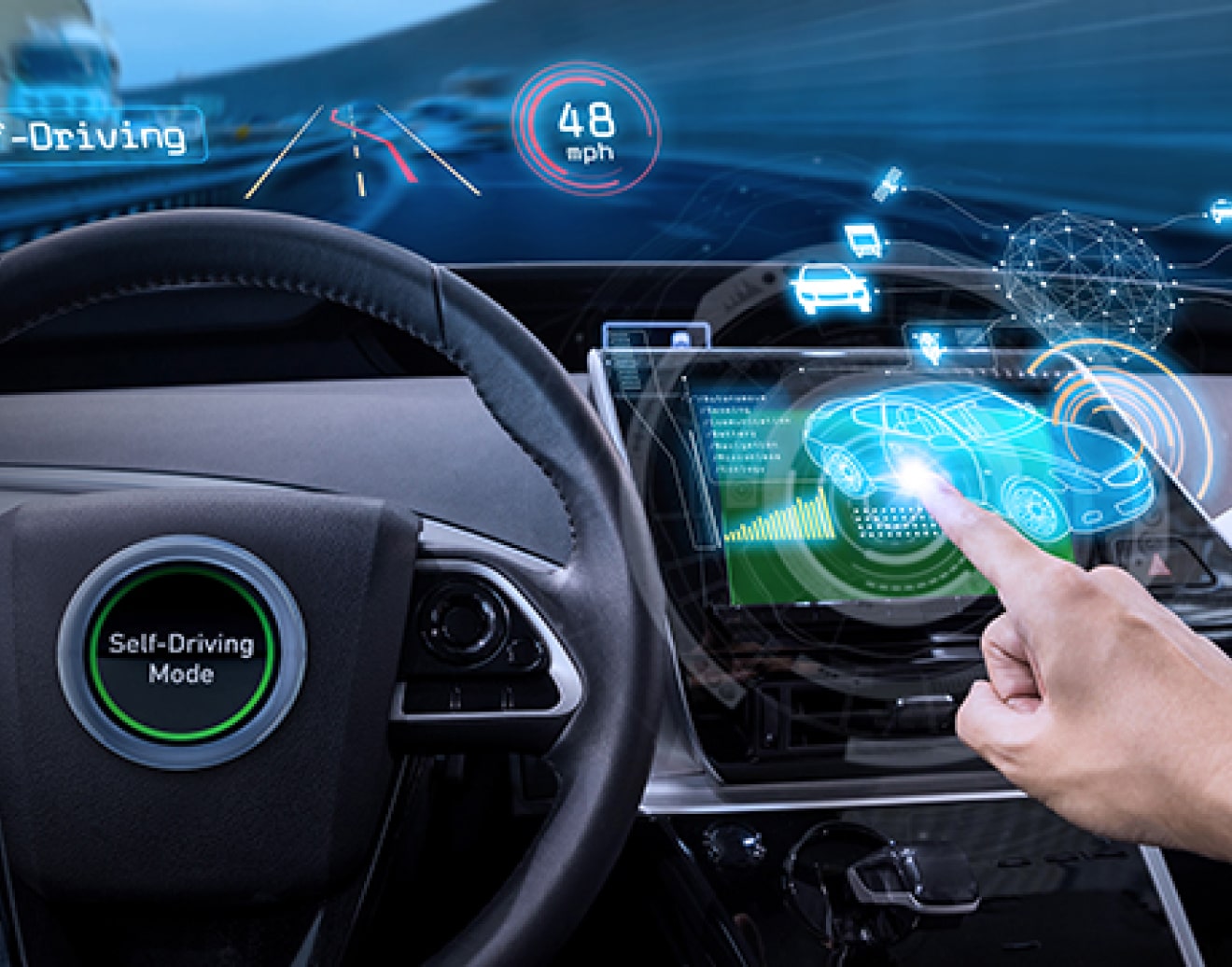Autonomous Vehicle Software Development
Autonomous Vehicle Software is at the forefront of the transportation revolution, playing a pivotal role in steering vehicles without human intervention. By harnessing advanced technologies like artificial intelligence (AI), machine learning (ML), and deep neural networks, this software paradigm is transforming how we perceive and interact with vehicles. Royex Technologies, a seasoned software company based in Dubai, we have been diving deep into such innovative software solutions over the last decade. With our extensive experience and expertise, we are well-equipped to craft custom Autonomous Vehicle Software solutions, catering to evolving industry standards and specific client needs.

In-depth Machine Learning and Data Processing
The heart of Autonomous Vehicle Software lies in its capacity to process vast amounts of data in real-time. Vehicles outfitted with numerous sensors, cameras, and radars generate a massive stream of data every second. This data, when funneled through machine learning algorithms, aids the vehicle in comprehending its surroundings. By continuously learning from these data points and real-world scenarios, the software enhances the vehicle's decision-making abilities, ensuring safer and more efficient journeys. This evolving learning model makes autonomous vehicles adept at navigating complex traffic scenarios, adverse weather conditions, and unexpected road situations.

Integration, Safety, and Regulatory Compliance
While the tech underpinning is significant, the seamless integration of Autonomous Vehicle Software with the vehicle's hardware components is equally vital. The software needs to communicate flawlessly with every part of the vehicle, from brakes to steering systems. Beyond the technological facets, safety remains paramount. The software must be designed with numerous redundancies to handle any unexpected malfunctions or external threats. Furthermore, as autonomous vehicles become more prevalent, they'll be subjected to rigorous regulatory standards. Thus, ensuring that the software remains compliant with these evolving regulations is crucial for widespread adoption and public trust.
Features
Main Features of Autonomous Vehicle Software





